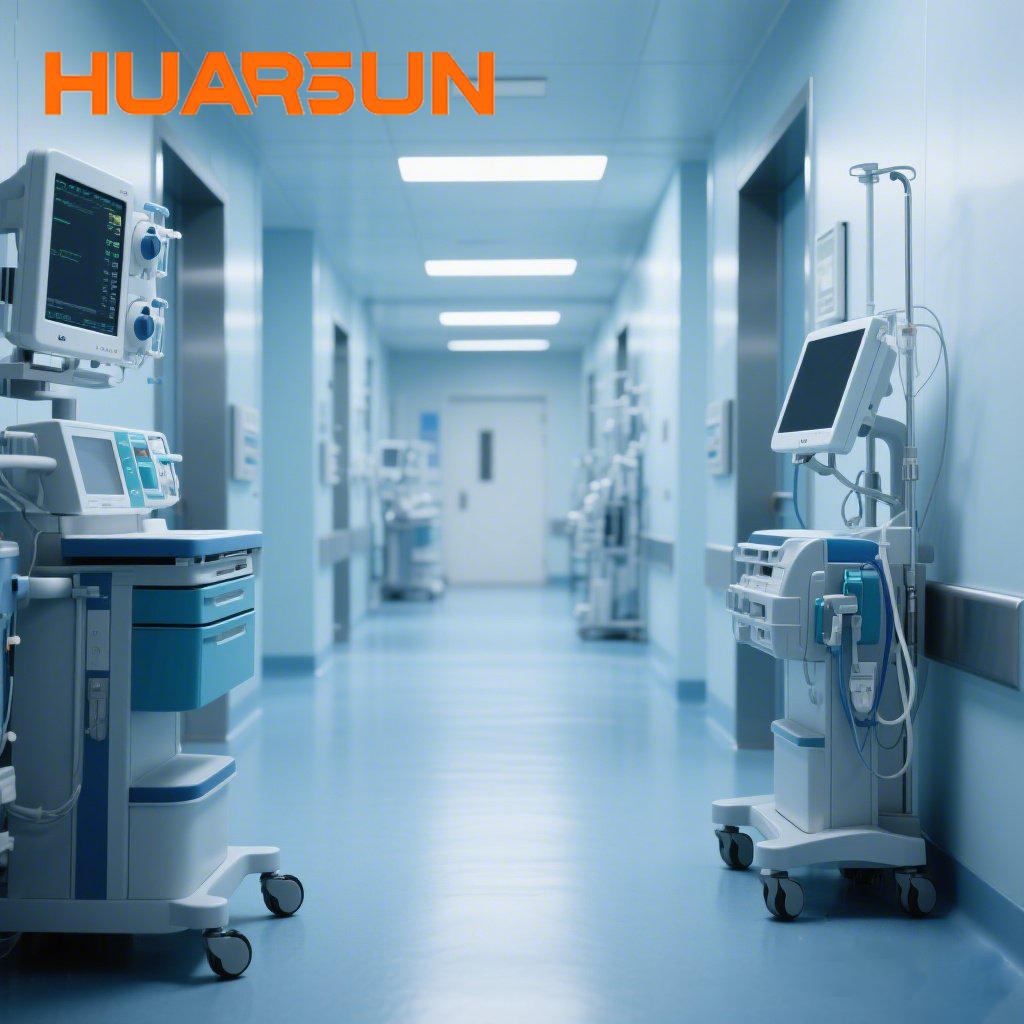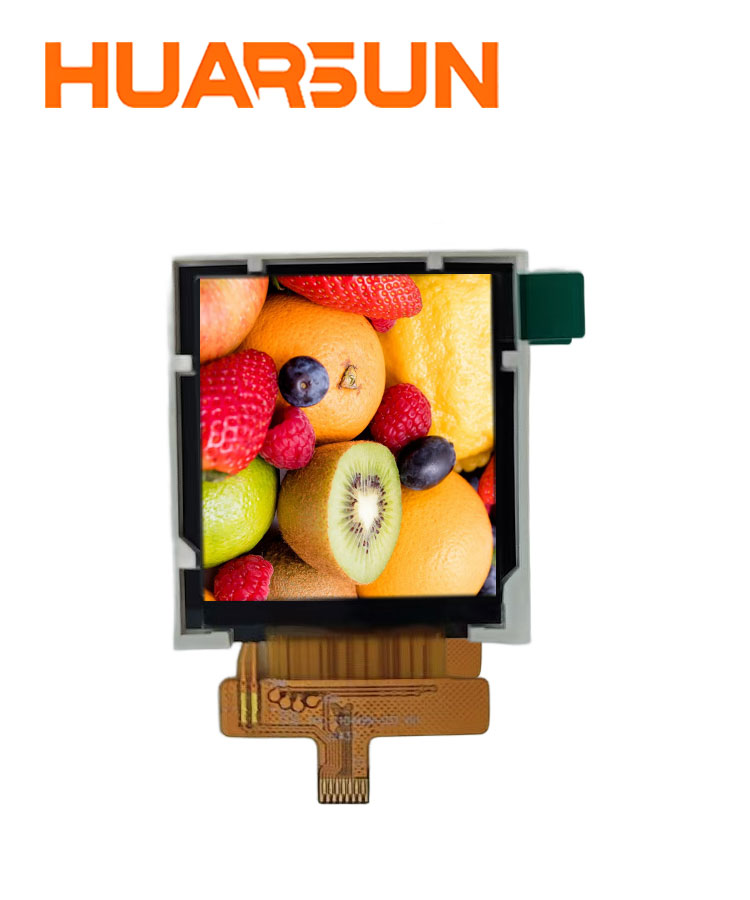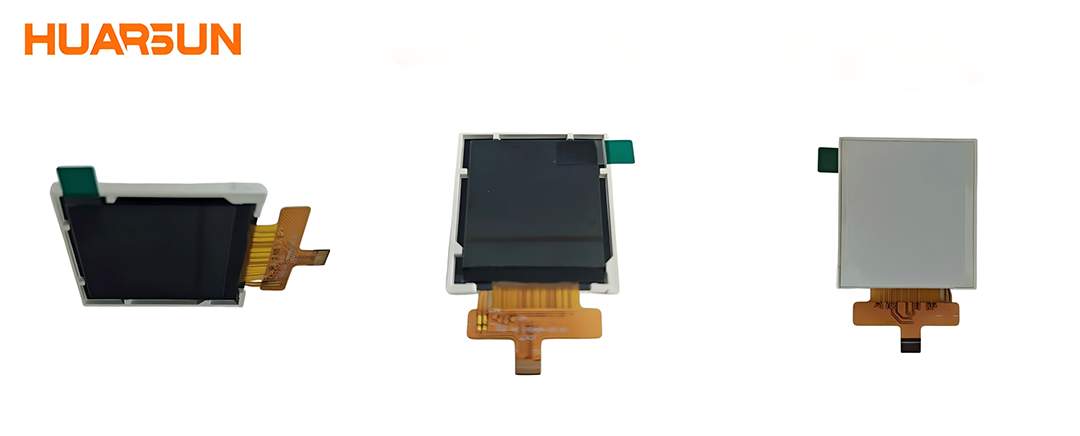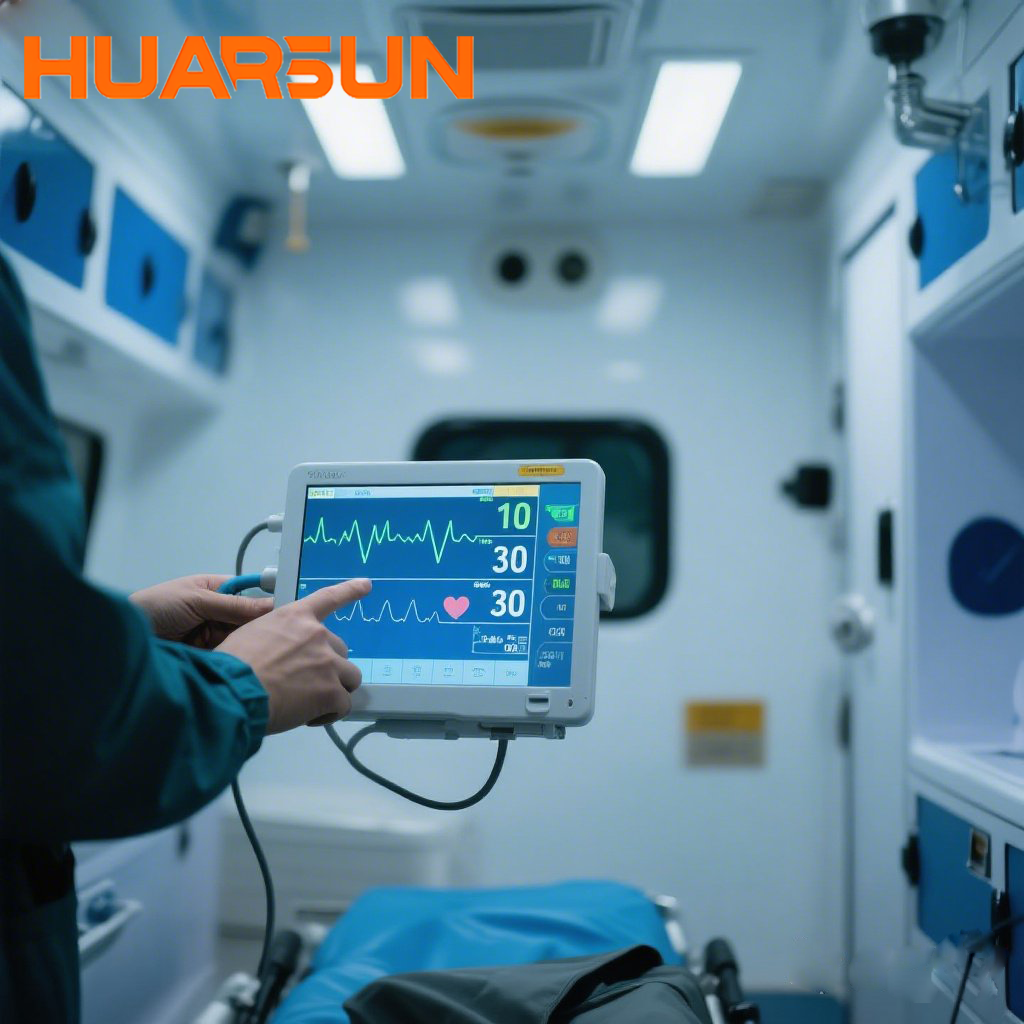Introduction: Why Display Modules Matter in Modern Healthcare
In the evolving landscape of digital health, display technology plays a critical role in user interaction, diagnostic accuracy, and data visualization. From fingertip pulse oximeters to handheld ECGs, every modern medical device depends on clear, efficient, and durable display modules. As the global healthcare industry shifts toward compact, portable, and connected devices, the demand for small-size display modules—especially those below 2 inches—is surging.
Among them, the 1.44-inch TFT LCD display module has become a popular choice in both the U.S. medical market and the Japan medical device industry. Its small footprint, SPI interface, and integration with the ST7735V3 driver IC make it ideal for wearable diagnostics, remote patient monitoring, and point-of-care medical tools.
This article explores how the LCM-T1D44BN-037 enables innovation in healthcare electronics across these two advanced markets.

1. Market Landscape: U.S. and Japan Medical Device Sectors
U.S. Medical Device Market
The U.S. medical market remains the world’s largest, exceeding $530 billion USD in 2024 with projections over $635 billion by 2027. Growth drivers include an aging population, chronic disease management, and expanded home care.
Key trends:
-
Rise of wearable medical devices (heart rate, glucose, sleep monitors)
-
Portable diagnostic tools for field or home use
-
Strong attention to component durability and safety
-
Integration with IoT and cloud health systems
Japan Medical Device Market
Japan, the third-largest medical market globally, was valued at around ¥3.3 trillion (~$22 billion USD) in 2023. Nearly 30% of Japan’s population is over 65, driving demand for home monitoring, miniaturized diagnostic tools, and intuitive interfaces.
Japanese manufacturers prioritize:
-
Low-power, low-noise display modules
-
Compact designs suitable for handheld devices
-
SPI interface compatibility with local microcontrollers
-
High standards for display clarity and durability

2. Application Scenarios for 1.44-inch TFT Modules
Wearable Medical Devices
The 1.44-inch TFT LCD display module is ideal for:
-
ECG monitors
-
Smart blood pressure watches
-
Glucose and oxygen saturation trackers
-
Medication reminder bands
These devices require:
-
Brightness levels of 180–220cd/m²
-
Wide-angle viewing (6 o’clock recommended)
-
Quick response time (<32ms)
-
Low-power operation under 70mW
Home Diagnostics
Common products include:
-
Digital thermometers
-
Pulse oximeters
-
Portable ultrasound and fetal dopplers
These need:
-
Readable screens with strong contrast (>400:1)
-
Durable operation across -20°C to 70°C
-
SPI-4 interfaces for fast communication
3. Why LCM-T1D44BN-037 Matches Medical Design Requirements
The LCM-T1D44BN-037 module offers tailored features for healthcare innovation:
| Feature | Benefit |
| 1.44-inch active area | Perfect fit for wearable and handheld devices |
| 128×128 RGB resolution | Ideal for clear graphics and numeric data |
| ST7735V3 driver IC | Mature chipset ensures long lifecycle and broad compatibility |
| SPI-4 interface | Simple to integrate, minimizes EMI |
| LED backlight | High visibility with balanced luminance |
| Compact size (33×36×2.6mm) | Slim design for mobile form factors |
| Operating voltage 2.8V | Battery-compatible for portable medical tools |
| Power usage <70mW | Enables long battery life in field applications |

4. Compliance & Design Preferences: U.S. vs. Japan
United States
Designers often align with broad FDA usability principles, including:
-
Readable display for clinical accuracy
-
Stable performance under battery fluctuations
-
Safe operation in diverse environments
The LCM-T1D44BN-037 supports these needs through:
-
Wide temperature tolerance (-20°C to 70°C)
-
Strong contrast ratio (up to 600:1)
-
No-touch static protection for sensitive equipment
Japan
Japan’s healthcare engineers emphasize:
-
Silent, flicker-free display operation
-
Compact component stacking
-
Electromagnetic safety and SPI-driven logic control
Modules like the LCM-T1D44BN-037, with standardized pinouts and thin profile, align well with Japanese medical OEM expectations.
5. Technical Highlights of the 1.44-Inch TFT LCD Module
SPI-4 Interface
-
Low noise & low EMI
-
Fast MCU connectivity
-
Optimized for portable and wearable healthcare electronics
Power Efficiency
-
LCD logic: 8–11mW
-
Backlight: 56–60mW
-
Compatible with USB-powered and battery-driven systems
Optical Performance
-
180–220cd/m² brightness
-
±60° viewing angle
-
≤32ms response time, ideal for waveform or animated displays

6. Supply Chain Strategy: Trusted Sourcing for Healthcare OEMs
Why Source Directly from Display Module Factories?
Manufacturers like Jiangxi Huaersheng Technology Co., Ltd. offer:
-
Fast lead times for OEM/ODM medical displays
-
Strict RoHS, ISO, and visual inspection standards
-
Support for custom interface or mechanical layout
Modules like the LCM-T1D44BN-037 are shipped with:
-
ESD-safe packaging
-
Compliance documentation
-
Optical performance reports
These are critical for smooth customs clearance and product registration in global markets.
7. Conclusion: The Future of Small Displays in Medical Devices
As healthcare devices become smaller, smarter, and more personalized, display modules must keep pace. The 1.44-inch TFT LCD display module bridges performance, size, and cost—making it an ideal solution for:
Both U.S. and Japan medical OEMs are expected to grow their demand for compact displays that combine low-power operation, excellent readability, and regulatory-ready documentation.
For manufacturers looking to stay ahead in medical display innovation, partnering with suppliers of modules like LCM-T1D44BN-037 is a strategic investment.










 Home
Home HEM LCD
HEM LCD  Apr 11,2025
Apr 11,2025 
 Compact TFT Displays for U.S. Healthcare Devices
Compact TFT Displays for U.S. Healthcare Devices 



